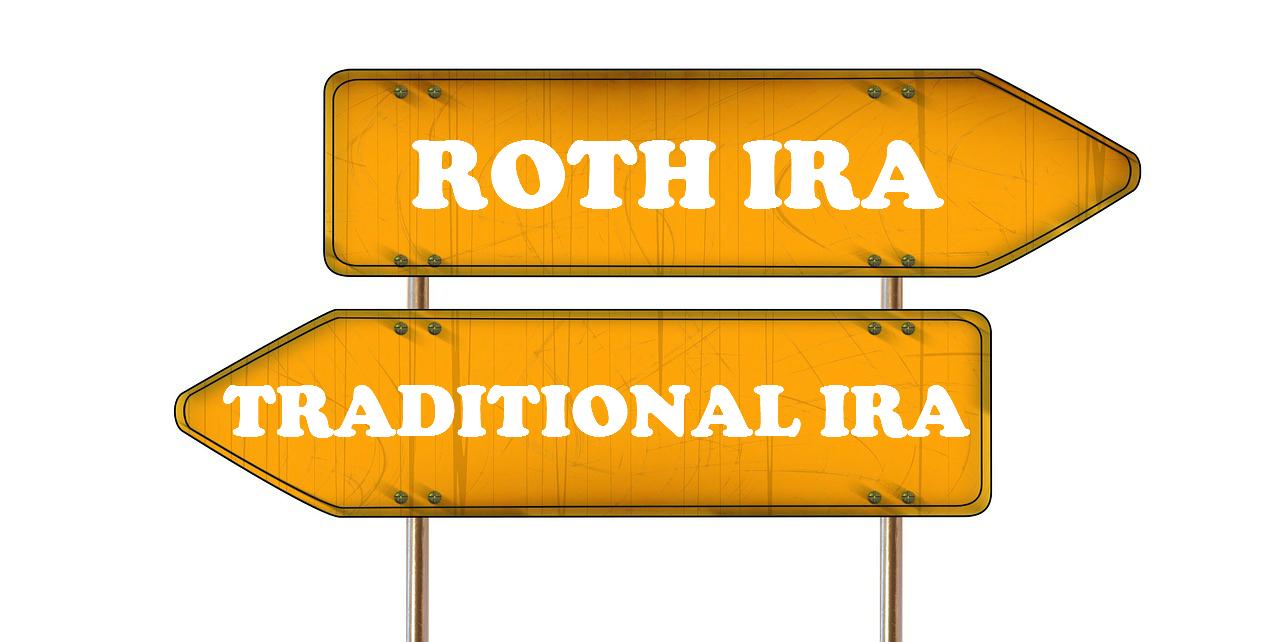Table of Contents
Save thousands each year, and gain control of what's yours.
Join our newsletter
to get trending content!
Key Takeaways
- A Roth IRA is funded with after-tax income, allowing tax-free withdrawals later, while a Traditional IRA offers tax-deferred growth but withdrawals are taxed.
- Both Roth and Traditional IRAs have the same annual contribution limits: $5,500 if under 50 and $6,500 if 50 or older.
- Traditional IRAs require minimum distributions and penalize early withdrawals, while Roth IRAs have no required distributions and more flexibility in withdrawals.
- Eligibility rules differ: high earners may be restricted from contributing to a Roth IRA, while Traditional IRAs can still be contributed to, but with limited deductions.
- Early withdrawal penalties can be waived in certain cases such as disability, first-time home purchase, or medical expenses.
There are many ways to plan for the future. Two financial vehicles, known as Roth IRA and Traditional IRA, are among the most popular options. There are a number of key differences between the two, including differences in contribution limits, early withdrawals, and how they’re taxed.

About Roth IRA
The principle of a Roth IRA is deciding not to accept the tax advantages of a conventional IRA. In exchange, you’re able to withdraw your money without having to worry about any taxes later on.
All you need to participate in a Roth IRA is proof of is “earned Income”. That’s it, unless you have “too much” earned income. The IRS in its wisdom says “if you earn too much” we will not allow you to put money into a Roth – exactly when you want to put money away for your future.
About Traditional IRA
The Traditional IRA is a tax deferred plan. You make contributions from your income before it’s taxed; by doing this, you lower the amount of income that’s presently taxable. Investors gain the advantage of growing their investment on a tax-free basis.
To qualify for this type of IRA, you must:
- Be under the age of 70 and a half.
- Have earned income.
Taxes have to be paid on any withdrawals because you don’t pay any taxes in the beginning when contributing to your IRA.
Benefits
The big difference between Roth IRA and Traditional IRA, in terms of benefits, is that to benefit from a Traditional IRA, taxes have to go down in future. That way, you can avoid paying higher taxes now to receive a more favourable tax rate later.
Roth IRA holders hope for the exact opposite because they pay tax immediately. If taxes go up in the future, they receive a more favourable tax rate.
Required Distributions, Withdrawals, and Contribution Limits
- There are no required minimum distributions with Roth IRA.
- Withdrawals can be made at any time without penalty because you it is a return of your principle.
- Contribution limits are exactly the same for both. You can contribute $5,500 per year if you’re under 50 or $6,500 per annum if you’re over 50.
A Word on Early Withdrawals
An early withdrawal in finance is a withdrawal made if you’re under the age of 59 and a half. Withdrawals from Traditional IRAs are subject to a 10% penalty and taxes if withdrawn before you reach this age.
For most aspects of the Roth IRA, the tax has already been paid, so you won’t have to pay anything. If you’re withdrawing any earnings from it, you will be subject to the same tax and penalty fees as before because you haven’t paid tax on this income.
Here are some scenarios where you can have 10% of the penalty waived:
- Paying for medical insurance premiums following redundancy.
- If you’re permanently disabled.
- If withdrawals are limited to $10,000 and used to refurbish, buy, or build a first home.
- If you’re in the reserves.
Earned Income Limits
Another difference between Roth and Traditional IRA is how much you can deduct from your Traditional IRA and how much you can contribute to a Roth IRA. If your income falls below a certain amount, which changes depending on the year, you can deduct or contribute the maximum amount allowed.
But you can contribute to a Traditional IRA even if the amount you earn is higher than this annual limit. You just can’t make any further deductions. In the case of a Roth IRA, you can’t make any further contributions at all.
